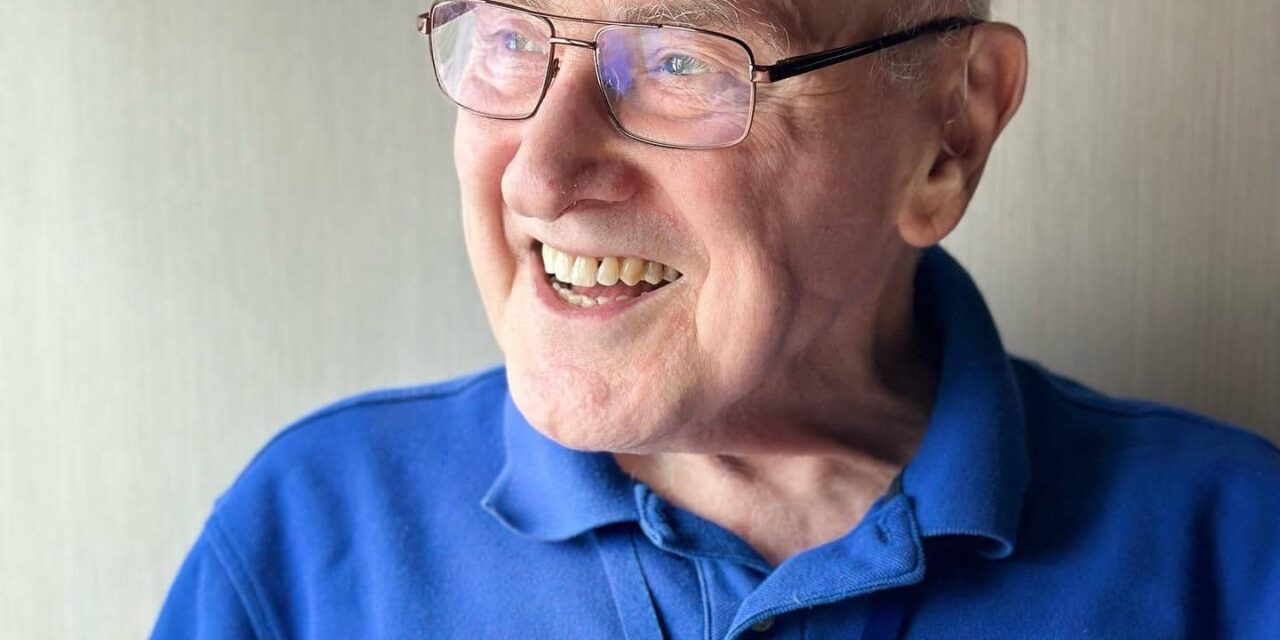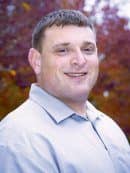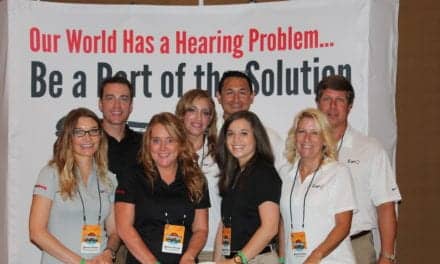By Marshall Chasin, AuD
Up until 15 years ago, I wasn’t sure that Jack Katz, PhD, actually existed. How could he be so prolific and so omnipresent—one day giving a talk in Ankara, Turkey, and the next, a seminar in Iowa? And then a book chapter came out, and… How can only one person be everywhere and doing everything at once? I was convinced that Jack Katz was really several people who were paid actors, and the real Jack Katz was somewhere else.
Then I met Jack … or perhaps one of his paid actors (?) who gave the keynote talk at the Canadian Academy of Audiology conference. I finally got to actually meet him and found that we were kindred spirits. Then several years later (purely coincidentally) I met his last PhD student, Dr Kim Tillery, and we have been married now for 12 years. Jack actually gave the toast to the bride and groom at my wedding.
Jack is known for many things. He was one of the pioneers of central auditory processing assessment and therapy and the father of the Buffalo Model of CAPD, but also was the editor in chief of seven editions of the Handbook of Clinical Audiology, also known as HOCA. While on a Senior Fullbright Scholarship in Ankara, Turkey his students would refer to him as “Hoca,” which means “highly regarded teacher.” This is quite appropriate because HOCA is indeed a highly regarded teaching textbook. I learned from Edition 2, and everyone who’s become an audiologist in the last 50+ years can date themselves by which edition of the textbook they used during their studies.
“Are you Ready?”
This is the carrier phrase of Jack’s Staggered Spondaic Word (SSW) test, which even today remains the mainstay of a central auditory processing battery, and it was Jack’s own voice that was used for this phrase (or maybe that of one of the many actors that posed as Jack over the years?). Anyone who has studied in the field of central auditory processing has heard him say, “Are you ready?”
Jack was a researcher, an author, a presenter, but also a clinician. Even at age 90, he would provide auditory therapy for those in need at the senior facility where he and his wife Irma lived. Jack was able to see what worked, and what didn’t work; his approach was always being updated. He had clinical success with cochlear implants recipients in the 1990s with superior results, and success in improving the auditory skills of individuals with low IQ, resulting in improved speech production.
Just this year at age 91, Jack published a paper for the American Academy of Audiology on the Buffalo Model and how it came to be (How the Buffalo Model Came to Be – American Academy of Audiology).
But he always did everything with a smile.
I have never seen Jack when he didn’t have a large smile on his face—see accompanying picture! Despite all of his successes and important work, Jack was humble and kind, had great integrity, never ending humour, and a clinical style that many of us envy.
Like many of his contemporaries, Jack was initially trained as a speech-language pathologist and worked on several school boards, first studying at Brooklyn College, Syracuse University, and the University of Pittsburgh. His first audiology teaching job was at Northern Illinois University, followed by Tulane Medical School. He founded the speech and hearing clinic at Menorah Medical Center; and taught at the University at Buffalo for 28 years and Kansas University Medical School. He recently retired from private practice at Auditory Processing Service in the Kansas City metro area.
And I imagine Jack probably has clients already lined up where he is now…. smiling as he says, “Are you ready?”
Marshall Chasin, AuD, is an audiologist and the director of auditory research at the Musicians’ Clinics of Canada, adjunct professor at the University of Toronto, adjunct associate professor at Western University, and editor in chief of Canadian Audiologist. You can contact him at [email protected]
Recommended for You:





